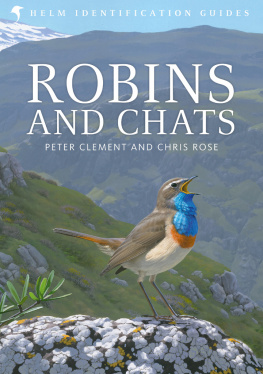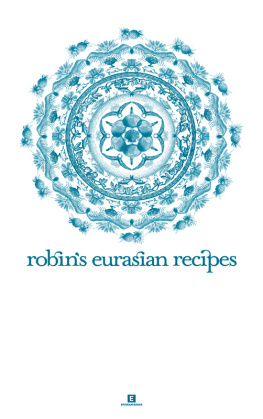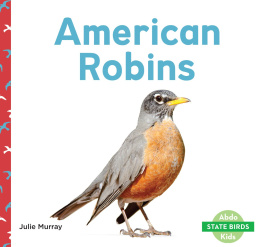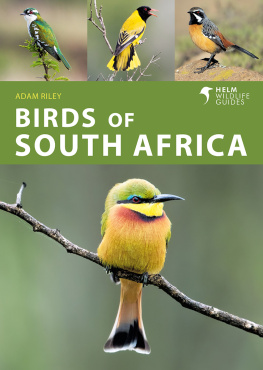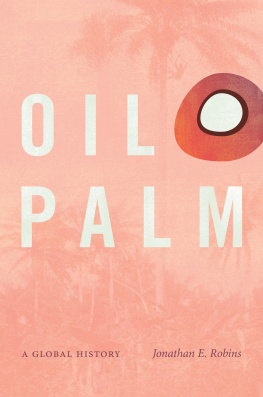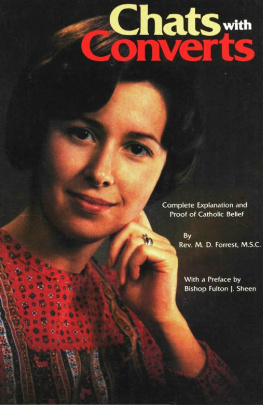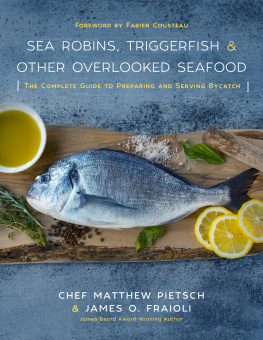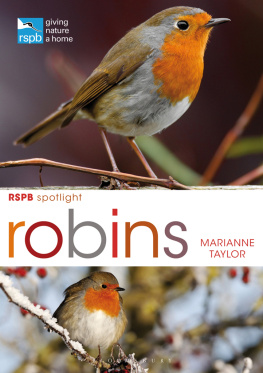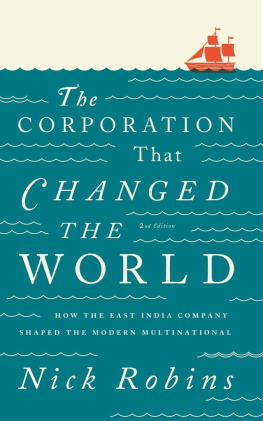
Christopher Helm
An imprint of Bloomsbury Publishing Plc
50 Bedford Square | 1385 Broadway |
London | New York |
WC1B 3DP | NY 10018 |
UK | USA |
www.bloomsbury.com
Bloomsbury is a registered trademark of Bloomsbury Publishing Plc
This electronic edition published in 2015 by Bloomsbury Publishing Plc
First published 2015
text by Peter Clement 2015
artwork by Chris Rose 2015
photographs by named photographers 2015
Peter Clement and Chris Rose have asserted their right under the
Copyright, Designs and Patents Act, 1988, to be identified as Authors of this work.
All rights reserved
You may not copy, distribute, transmit, reproduce or otherwise make available this publication (or any part of it) in any form, or by any means (including without limitation electronic, digital, optical, mechanical, photocopying, printing, recording or otherwise), without the prior written permission of the publisher. Any person who does any unauthorised act in relation to this publication may be liable to criminal prosecution and civil claims for damages.
No responsibility for loss caused to any individual or organisation acting on or refraining from action as a result of the material in this publication can be accepted by Bloomsbury or the authors.
A catalogue record for this book is available from the British Library.
Library of Congress Cataloguing-in-Publication data has been applied for.
ISBN (hardback): 978-0-7136-3963-6
ISBN (epub): 978-1-4081-5596-7
ISBN (epdf): 978-1-4081-5597-4
To find out more about our authors and books visit www.bloomsbury.com. Here you will find extracts, author interviews, details of forthcoming events and the option to sign up for our newsletters.
ACKNOWLEDGEMENTS
My first acknowledgement has to be to those chats that have been the source for a lifetime of inspiration and admiration, especially the wheatears for which I reserve special pride of place, though this is not to belittle or demean the others, each of which has a distinct charm and character. I cannot remember where or when I saw my first (Northern) Wheatear, but every spring I look for them with renewed vigour and enthusiasm (and the same applies to listening for the opening bars of the returning Common Nightingales), as perhaps more than any other migrants, to me they are the true heralds of spring. Wheatears have, and always will, hold a special affection for me, not only due to their lifestyle of almost constant movement, from one part of the globe to another, but also their endurance of extreme weather conditions, spending the winter in the warm desert regions before moving north in early spring to Eurasia, only to find that winters grip is not yet gone. I think I first realised just how much these birds endured some years ago, when it became clear that those individuals that breed in Greenland and NE Canada didnt (as was largely imagined at the time) travel north via NW Europe (i.e. by island-hopping) but crossed up to 2,500km of the open Atlantic, from somewhere in NW Africa or NW Spain, with the hope and expectation (but no certainty) of reaching land at a time when the winter snow has receded and food is available. And all that after a good number have previously crossed a significant part of the western Sahara. Every time I see a wheatear in England (or anywhere else), I often wonder what travellers tales they could tell and also where will they be this time next week, next month, by midsummer or the turn of the year.
As is always the case with a huge project such as this, the amount of detailed information included is a reflection of the knowledge, advice and commitment of many others; this book could not have been written (or would undoubtedly have been considerably less comprehensive) without their help. I would like to thank those who willingly gave special help and advice on a number of issues (listed alphabetically): Mansour Aliabadian (Iran and wheatears), Per Alstrm (for taking the time in his busy schedule to write the Taxonomy chapter, as well as for providing information on Goulds Shortwing and Blackthroat), Vasil Ananian together with Chris Bradshaw (for data on distribution in Armenia), Raffael Ay and Manuel Schweizer (status and distribution information for Central Asia), Gomboo Bataar (Mongolia), Nik Borrow (W & C Africa and for organising the final selection of photographs), Adrian Constantino (Philippines), Will Duckworth and Rob Tizard (Laos), Magnus Hellstrm (stonechats), Magne Husby (Norway), James Eaton and Rob Hutchinson (for discussion, help and advice on distributions in China, Philippines, SE Asia and Sulawesi), David Hussell (Northern Wheatear in Canada), Frank Lambert (NE India and China), Aleksi Lehikoinen and Ari Rajasrkk (Red-flanked Bluetail in Finland), ke Lindstrm, Lennart Karlsson and Anders Wirdheim (Sweden), Yang Liu (for very detailed comments on status and distribution in China), Simon Mahood (status and distribution in Cambodia and Vietnam), Michael Mills (status and distribution in Angola), Richard Porter (identification, status and distribution in the Middle East), Bill Read (Eastern Bluebird), Colin Richardson (United Arab Emirates and Cyprus), V. V. Robin (Brachypteryx shortwings), Phil Round (Thailand and NE Bangladesh), Claire Spottiswoode (Africa), Colin Trainor (Timor), Ewan Urquhart (comments on the Saxicola species accounts) and Arend Wassink (status and distribution in Kazakhstan).
Particular thanks are also due to Bev McBride for tirelessly searching out documents, data and contacts in Canada and the USA. I am greatly indebted to Tim and Carol Inskipp for help and discussion of Indian and Nepalese species, Richard Porter for the same on Iraqi species distributions and photographs, and to Jevgeni and Darja Shergalin for translating and compiling data from Belarus, Georgia, Russia and Ukraine. Yet more special thanks are due to the curators and library staff at the Natural History Museum, Tring (where the largest collection of chat specimens resides), in particular Robert Prys-Jones, Mark Adams and Hein van Grouw, who were always extremely helpful and knowledgeable, together with Alison Harding, who was able to procure books, journals or documents no matter how obscure their origin all of their help was inestimable. Both Tang Jun and James Eaton helped immensely in enabling me to see breeding Firethroat and Blackthroat in C China; without their help, good humour and organisation this would have been almost impossible.
In addition, I would like to thank Miou Helps and Selina Ip for translations from French and Chinese sources, respectively, together with many others who helped in all manner of ways including: Des Allen, Jim Almond, Simon Aspinall, David Beadle, Michael Blair, Emma & Andy Bloomfield, Neil Bostock, Andy Boyce, Richard Byrne, Stavros Christodoulides (Cyprus Wheatear in winter), Nigel Collar, Peter Colston, Neil Ellis, Peter Flint, Ernest Garcia and Charles Perez (Black Redstarts Gibraltar), John & the late Judy Geeson, Alan Harris, Bert Harris, Ren Hathway, Gene Herzberg, John & Jemi Holmes, Mike Jennings (Saudi Arabia), Tang Jun, Joe Kierman, Richard Knapton, Mark Mallalieu, Rod Martins, Geoff Mawson, Pete Morris, Tim & Sue Parmenter, Yoav Perlman, Aasheesh Pittie, M. Pope, Abidur Rahman (Kaziranga), Nigel Redman, Peter Roberts, Steve Rooke, Gang Song, Mike Spicer, Dr Jochen Tamm, Philippe Verbelen, Alan Vittery and Robert Zink.
Grateful thanks are also due to all of the photographers who responded to a request (or were persuaded) to share their (often hard-won) images: AbdulRahman Al-Sirhan Alenezi, Duha Alahashimi, Bjorn Anderson, Vaughan Ashby, Aurlien Audevard, Arnaud Barras, Mike Barth, Eyal Bartov, Pritam Baruah, Prasad Basavaraj, Bill Baston, David Beadle, Amir Ben Dov, Simon Bennett, Joris Bertrand, Carlos Nazario Bocos, Nik Borrow, Paul Bowyer, Colin Bradshaw, Ursula Bryson (ne Franke), Mike Buckham, Oscar Campbell, Tim Carney, Hugh Chittenden, Stavros Christodoulides, Paul Cools, Bram Cornelissen, Abhishek Das, Subharghya Das, Kit Day, Matthias Dehling, Bram Demeulemeester, Arpit Deomurari, Richard Diepstraten, John East, James Eaton, Boas Emmanuel, Josh Engel, Jacques Erard, Peter Ericsson, Ian Fisher, Con Foley, Clement Francis, Leif Gabrielsen, Deborshee Gogoi, Chris Gooddie, Martin Goodey, Yoshihito Goto, Tomas Grim, Dr Johann Grobbelaar, Vinod Kumar Gupta, Marc Guyt, Stefan Hage, Martin Hale, Trevor Hardaker, Hugh Harrop, Chris Hill, Per Holmen, Tommy Holmgren, Jon Hornbuckle, Lee Hunter, Rob Hutchinson, Nicky Icarangal, Louise Jasper, Ayuwat Jearwattanakanok, Tang Jun, Adam Scott Kennedy, Nelson Khor, Lior Kislev, Nick Kontonicolas, John Kormendy, Evgeny Kotelevsky, Jainy Kuriakose, Ram Mallya, Alan Manson, Datta Manwadkar, Ralph Martin, Jonathan Martinez, Manjula Mathur, Juan Matute de Toro, Alison McArthur, Ian Merrill, David Monticelli, Pete Morris, David Moyer, Soumyajit Nandy, Ian Nason, Rebecca Nason, Paul Noakes, Jyrki Normaja, Daniele Occhiato, Georges Olioso, Frdric Pelsy, Daudi Peterson, Lars Petersson, Raj Kamal Phukan, Mark Piazzi, Pedro Vaz Pinto, Ren Pop, Mike Pope, Mike Prince, Mathias Putze, Ramon Quisumbing, Biswapriya Rahut, Justin Rayboun, George Reszeter, Neon Tomas B. Rosell II, Amano Samarpan, Niranjan Sant, Mathias Schaef, Brian Schmidt, Ben Schweinhart, Glyn Sellors, Dubi Shapiro, Ted Shimba, Amar Singh, Arun Singh, Jordan Sitorus, Oliver Smart, Claire Spottiswoode, Ramki Sreenivasan, Artur Stankiewicz, Loutjie Steenberg, Harri Taavetti, Toyoshige Tanaka, Wanna Tantanawat, Warwick Tarboton, Gary Thoburn, Alejandro Tors Snchez, Marco Valentini, Eric VanderWerf, Paul van Giersbergen, Lesley van Loo, Rick van der Weijde, Norman Deans van Swelm, Robert van Zalinge, Ariadne van Zandbergen, Alex Vargas, Nigel Voaden, Mike Wallen, Ingo Waschkies, Kilian Wasmer, Arend Wassink, Robert Weinand, Gabriel Whiting, Stijn de Win, Ethan Winning and Cherry Wong.
Next page
